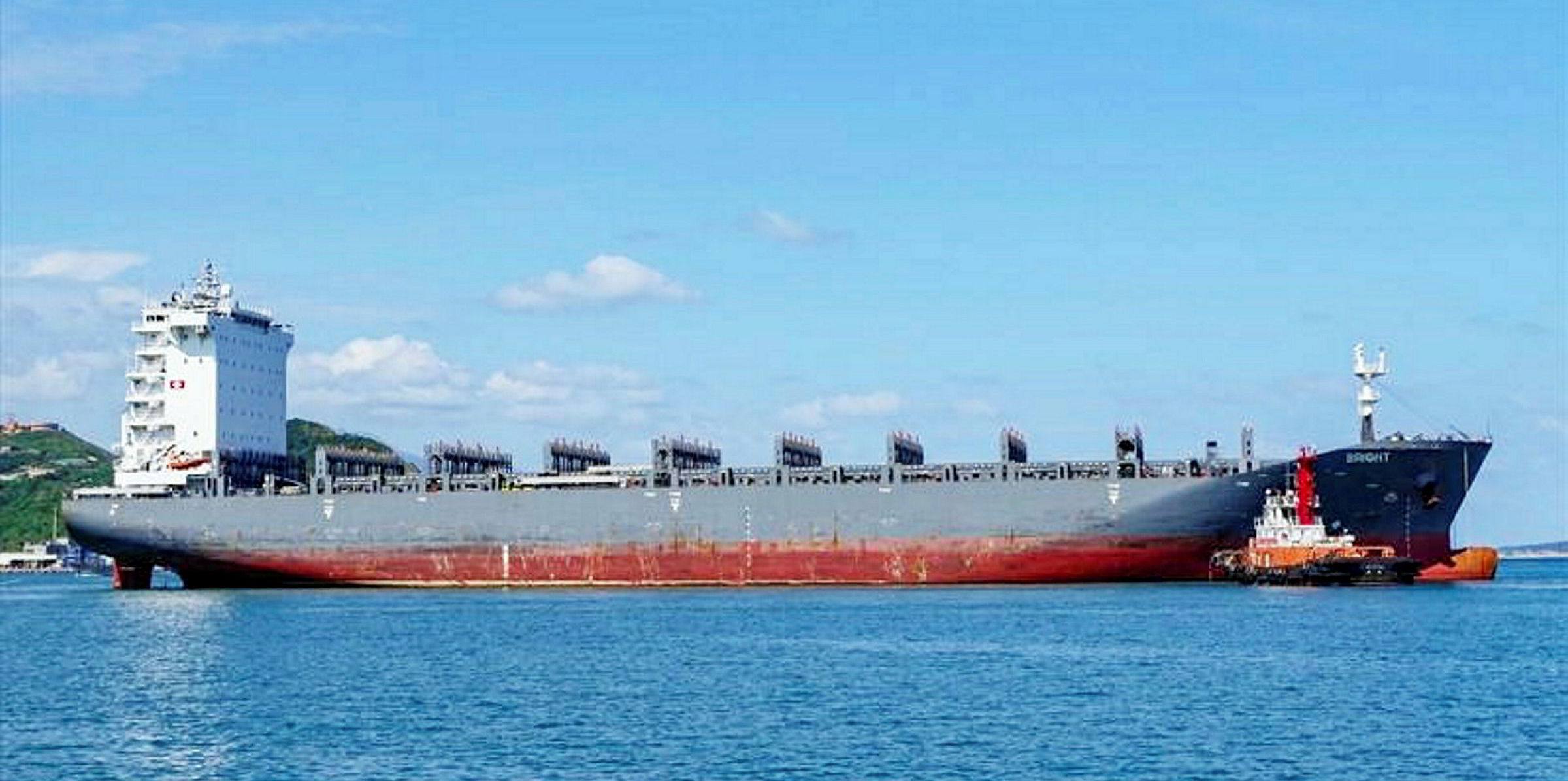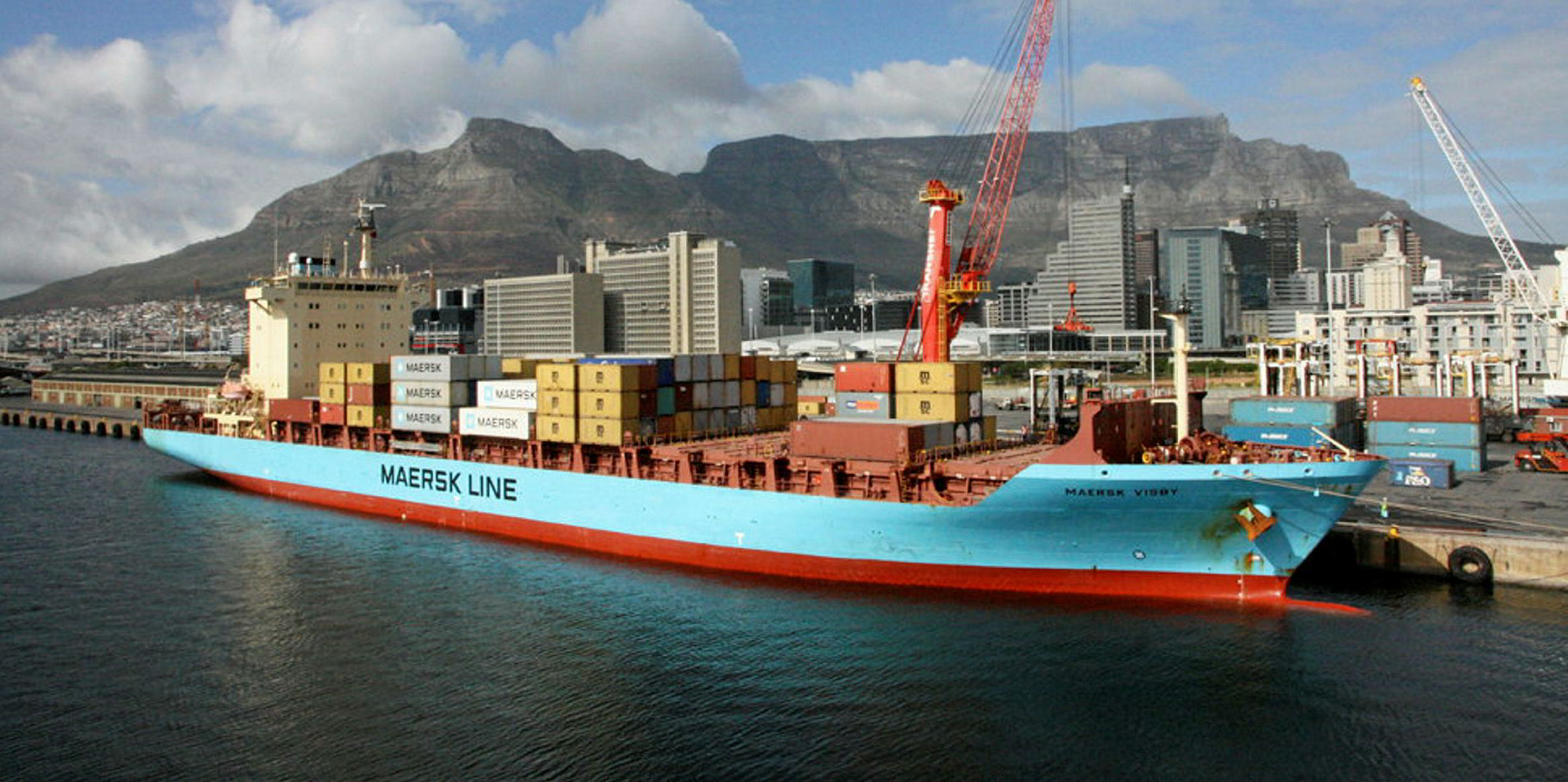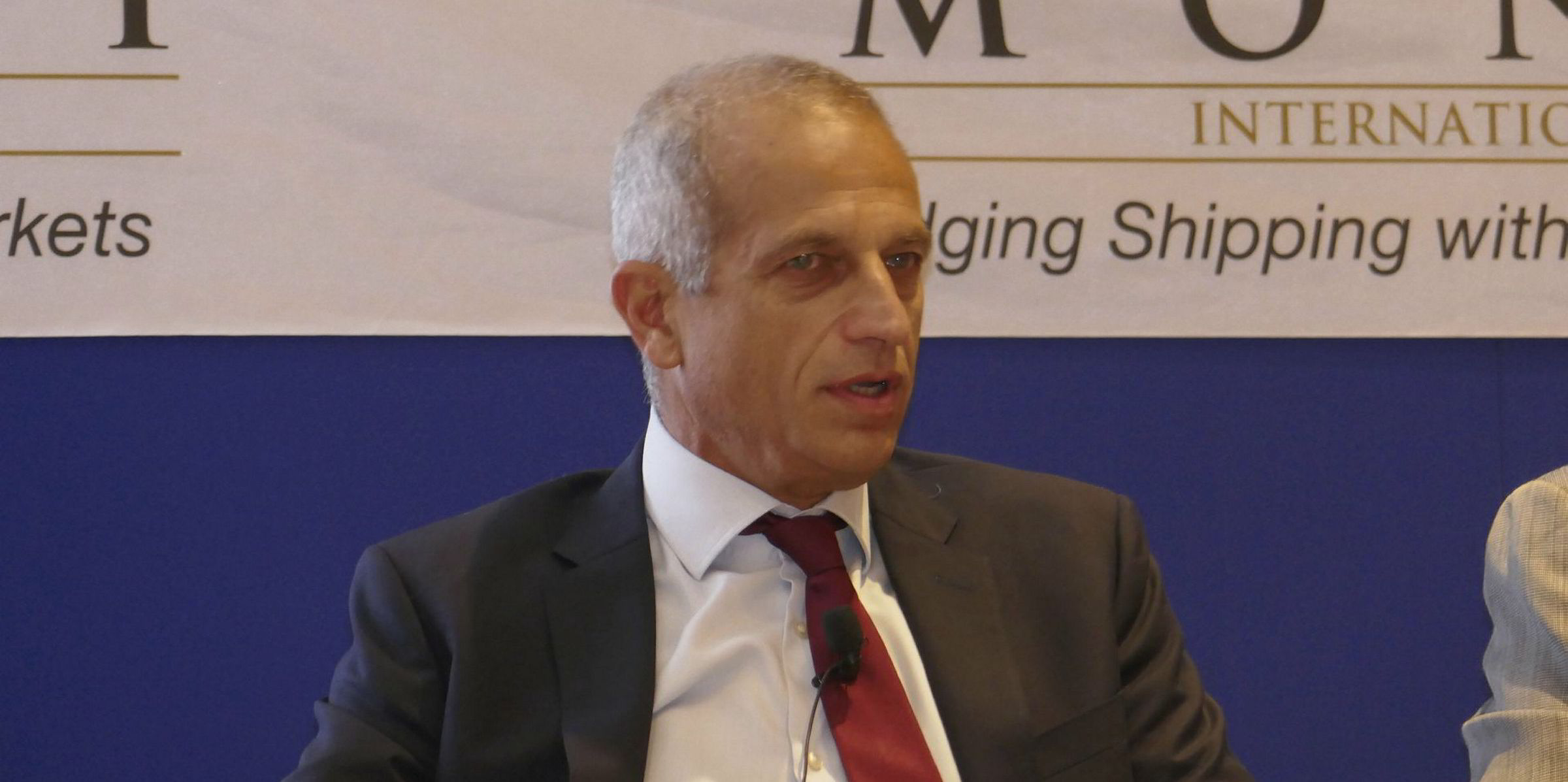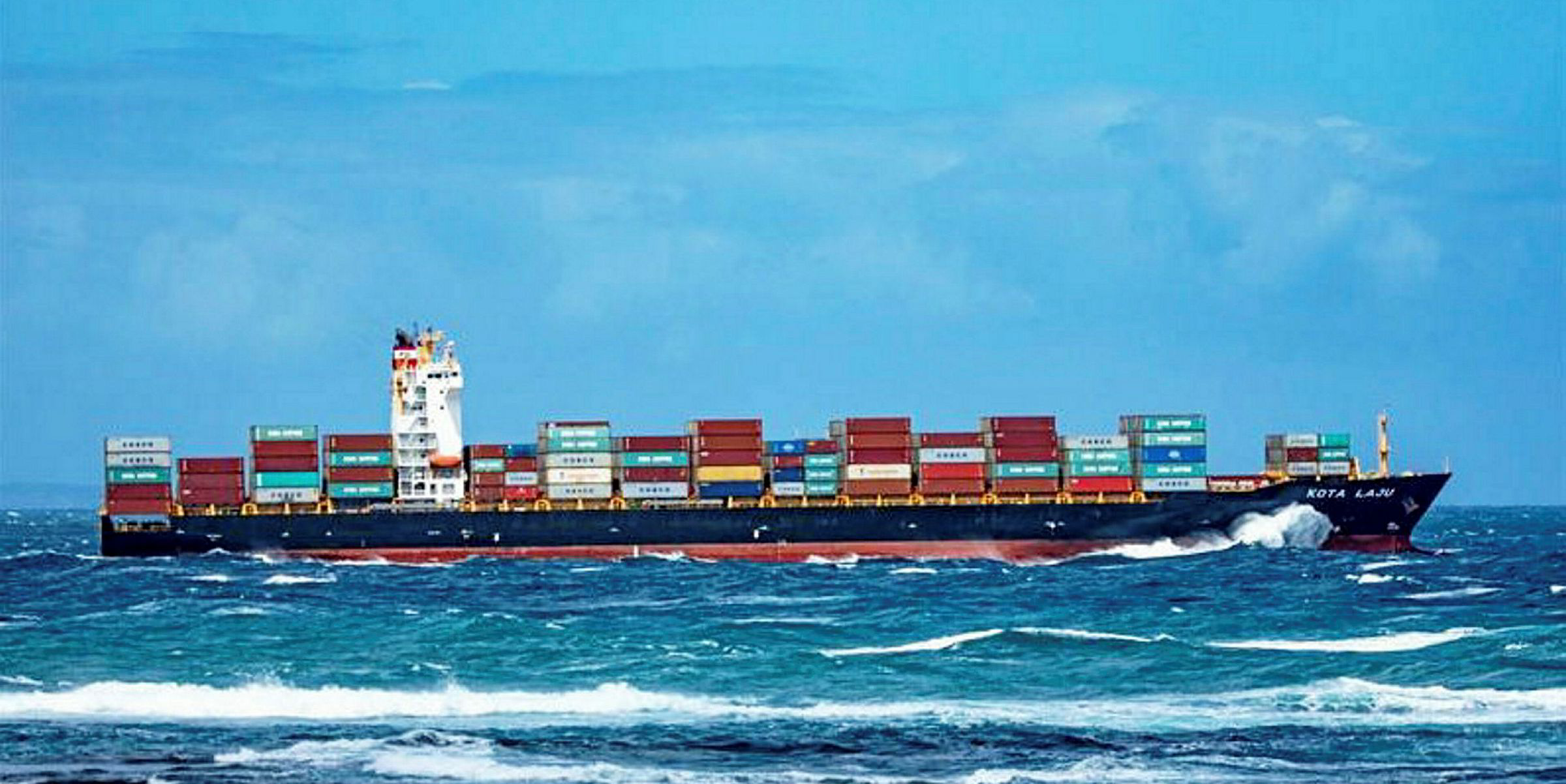German owner Peter Dohle has achieved what is thought to be the highest charter rate for a feeder containership.
The 2,782-teu Bright (built 2018) has been fixed by AP Moller-Maersk in Asia for two to three months at $14,950 per day, a record time charter level for the ship class, according to Alphaliner.
The consultancy said the idle fleet continues to decline, with another 155,000 teu of capacity brought back into service in the past two weeks, as the sector rally continues with the return of demand after coronavirus lockdowns.
The proportion of idle vessels now stands at 2.7% of the world fleet, whereas it had gone over 10% earlier this year.
Ship shortage
Norwegian investment bank Fearnley Securities said: "Charter rates continue a strong note, driven by scarce vessel availability across essentially all segments above feeder class.
"Total activity in the market is in fact down, though this is solely down to a lack of fixable units."
Classic panamax units are also essentially sold out, with rates reaching decade-high levels on the back of strong cargo demand in the Pacific, Fearnley Securities added.
Feeders had previously lagged the firming panamax trend.
Fearnley Securities has Maersk as a top pick in the boxship sector, but it also highlighted US-listed containership owners such as Atlas Corp, Capital Product Partners and Global Ship Lease as attractive.
They all have a 30% upside on their share prices, the bank believes.

Blank sailings cut
In another sign of market strength, the Ocean Alliance group of owners, comprising Cosco Shipping Lines, CMA CGM and Evergreen Line, is to reduce blanked sailings after October's Golden Week holiday, following a meeting with China’s transport ministry.
But UK consultancy Maritime Strategies International (MSI) warned it is too soon to conclude that the worst is over, despite a summer surge in Pacific business being a welcome boost to earnings.
"Containership markets have upended expectations since the pandemic began and recent months have brought about some of the most surprising developments yet," MSI added.
"The question is whether a clear and above-expectation post-lockdown boost to volumes can prove enduring to liner networks and to markets."
From strength to strength
In its latest containership report, MSI said that over the course of the third quarter, spot markets on most trades went from strength to strength, most spectacularly across the Pacific.
Freight rates are averaging more than $3,800 per 40-foot equivalent unit (feu) on west coast routes.
"Moving goods from China to the US west coast hubs on a spot basis is now by some distance the most expensive that it has been over the past decade," MSI said.
And after a sharp and fast slump as much of the world entered lockdown, the time charter market has also rallied.
Most notably, earnings for 4,300-teu panamaxes have breached the $15,000 per day level, having slumped closer to $7,000 in June, MSI added.
The recovery over August and the start of September in particular has happened at breakneck speed, the company said.
"On the freight rate side, the apparent disconnect between market performance and aggregated fundamentals reflects the fact that the most relevant supply and demand balances (or imbalances) are at the level of individual trade-lanes, where liner companies have grown in their ability to adjust supply," added MSI container shipping analyst Daniel Richards.
"For the time charter market, the size and structure of liner company networks were cut down in size earlier in the year and time charter rates fell sharply in response. Since then lines have restored their networks at high speed while demand-side impact of Covid-19 has been less severe across different trades."
Demand surprises
Turning to demand developments, trends broadly outperformed expectations in the first half of 2020 against the backdrop of the initial closure of China’s factories and then extensive lockdowns across importing regions, MSI said.
"While it is too early to draw definitive conclusions, the picture that is emerging is one of a compressed peak season, where earlier inventory draw-downs, robust consumer demand, import-inducing lifestyle changes and importers uncertain about the remainder of the year have combined to produce an unexpected boom in US import volumes in particular," Richards said.
He added that this raises important questions regarding the remainder of 2020 and whether the current strength in volumes is effectively "borrowing" from the future.
Overall, MSI expects the most recent volume strength will not be maintained over the remainder of 2020, and the fourth quarter in particular could prove challenging.
The company said renewed capacity withdrawals will likely follow if freight rate strength is to be maintained.








